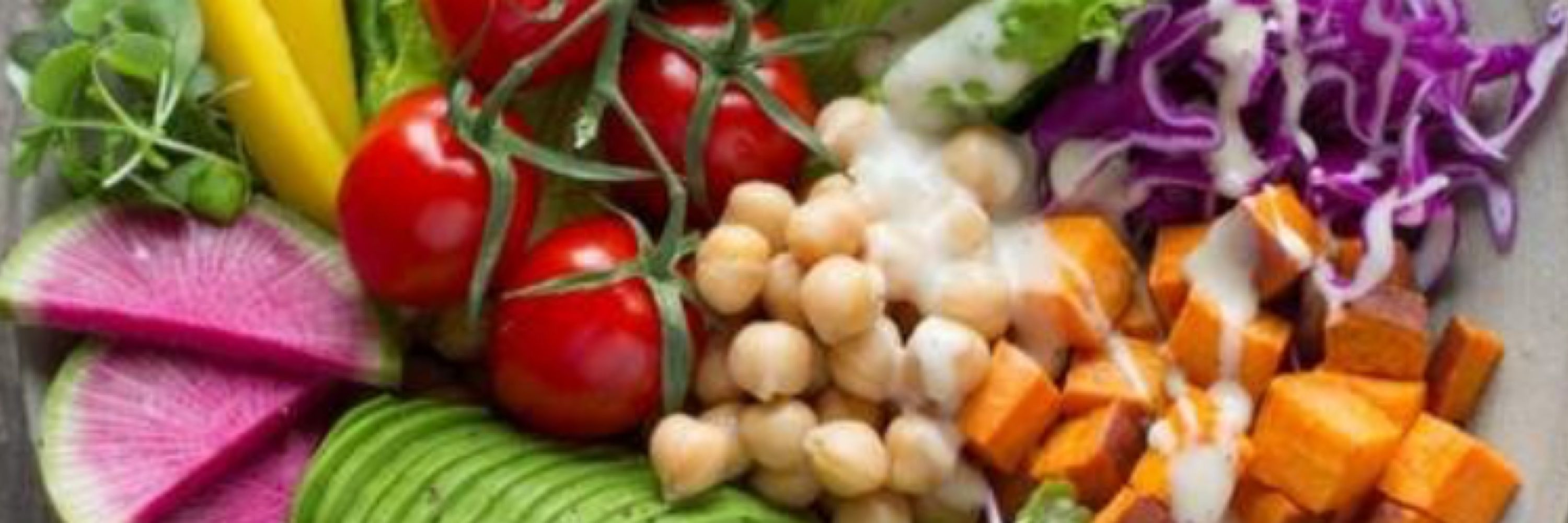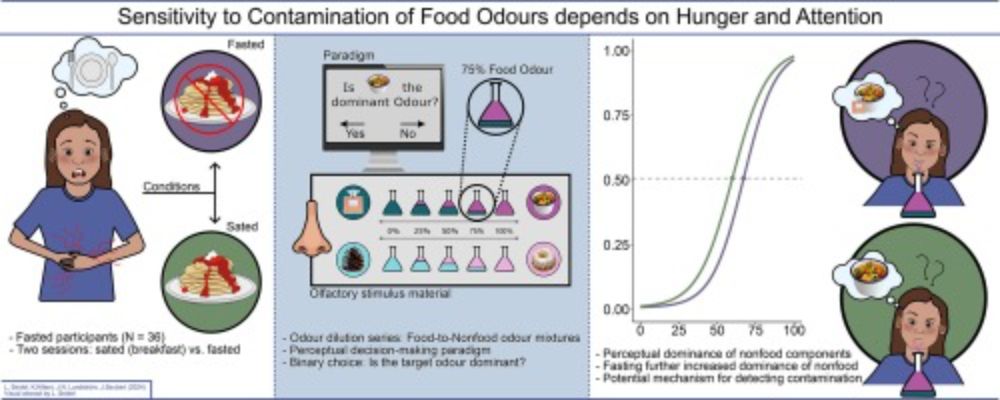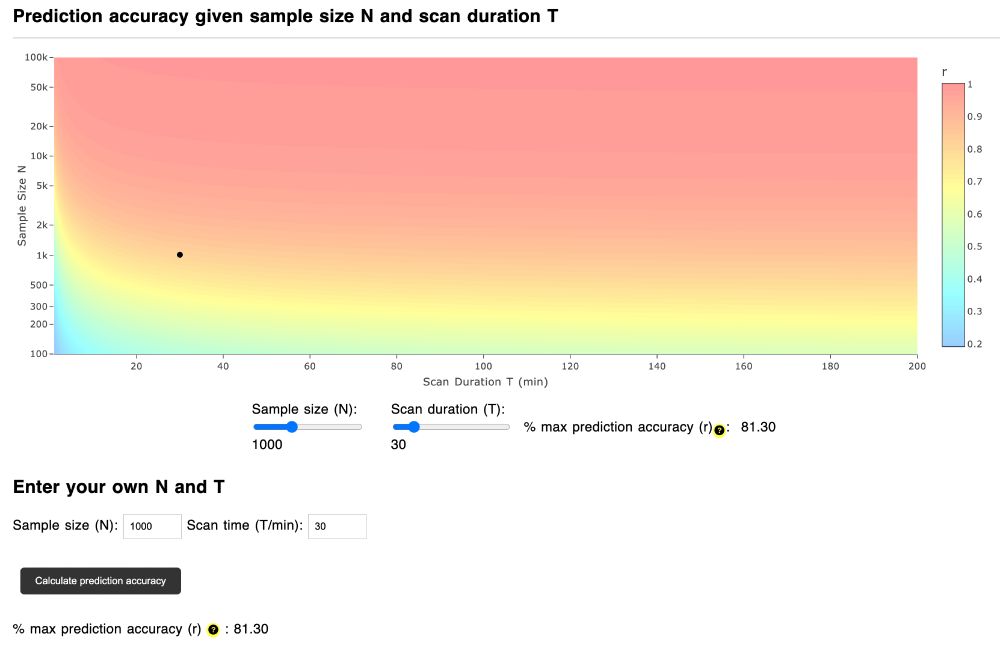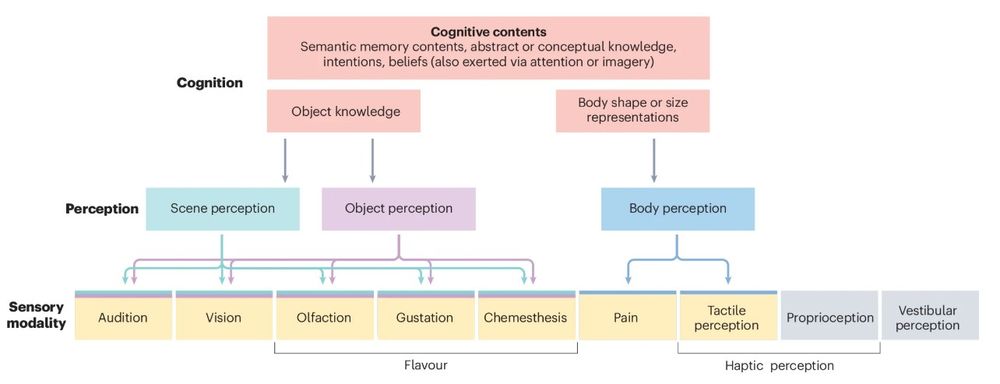Janina Seubert
@jseubert.bsky.social
310 followers
150 following
21 posts
Perceptual/affective neuroscience of food consumption at Karolinska Institutet. https://ki.se/en/cns/janina-seuberts-research-group-nutrilab Young Academy of Sweden,
🇪🇺🇬🇧🇸🇪🇩🇪🇧🇷
Posts
Media
Videos
Starter Packs
Reposted by Janina Seubert
Reposted by Janina Seubert
Nicole Rust
@nicolecrust.bsky.social
· Sep 5

Emotion research has a communication conundrum
In 2025, the words we use to describe emotions matter, but their definitions are controversial. Here, I unpack the different positions in this space and the rationales behind them—and I invite 13…
www.thetransmitter.org
Janina Seubert
@jseubert.bsky.social
· Jul 14
Janina Seubert
@jseubert.bsky.social
· Jul 14
Reposted by Janina Seubert
Dan Goodman
@neural-reckoning.org
· Jan 23
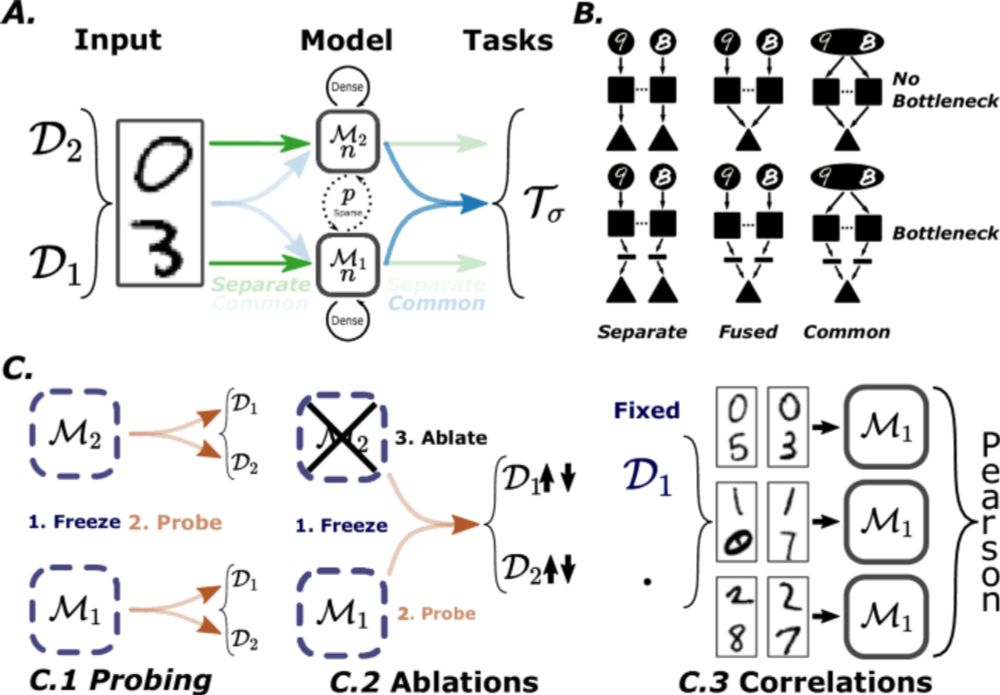
Dynamics of specialization in neural modules under resource constraints - Nature Communications
The extent to which structural modularity in neural networks ensures functional specialization remains unclear. Here the authors show that specialization can emerge in neural modules placed under reso...
www.nature.com
Reposted by Janina Seubert
Janina Seubert
@jseubert.bsky.social
· Jan 11
Reposted by Janina Seubert
Janina Seubert
@jseubert.bsky.social
· Nov 26
Janina Seubert
@jseubert.bsky.social
· Nov 26
Janina Seubert
@jseubert.bsky.social
· Nov 26
Janina Seubert
@jseubert.bsky.social
· Nov 26
Janina Seubert
@jseubert.bsky.social
· Nov 21
Janina Seubert
@jseubert.bsky.social
· Nov 4
Postdoctoral Researcher in Nutritional Neuroscience
Do you want to contribute to better health for all? At the Nutritional Neuroscience Group within the Department of Clinical Neuroscience, we study the perceptual experiences associated with food consu
ki.varbi.com
Janina Seubert
@jseubert.bsky.social
· Nov 3
Janina Seubert
@jseubert.bsky.social
· Nov 1
Reposted by Janina Seubert
Russ Poldrack
@russpoldrack.org
· Oct 26
Reposted by Janina Seubert
Janina Seubert
@jseubert.bsky.social
· Oct 9
